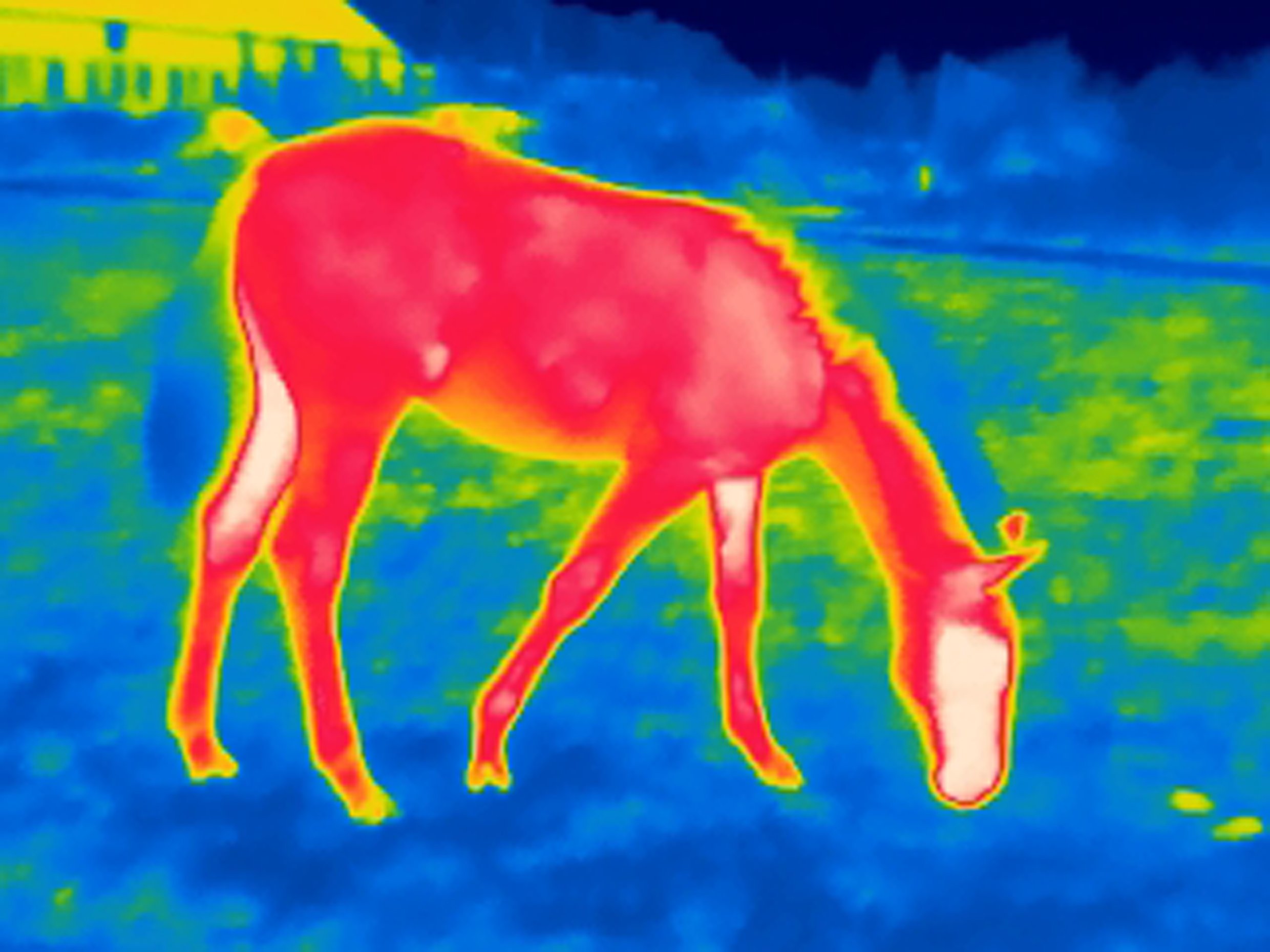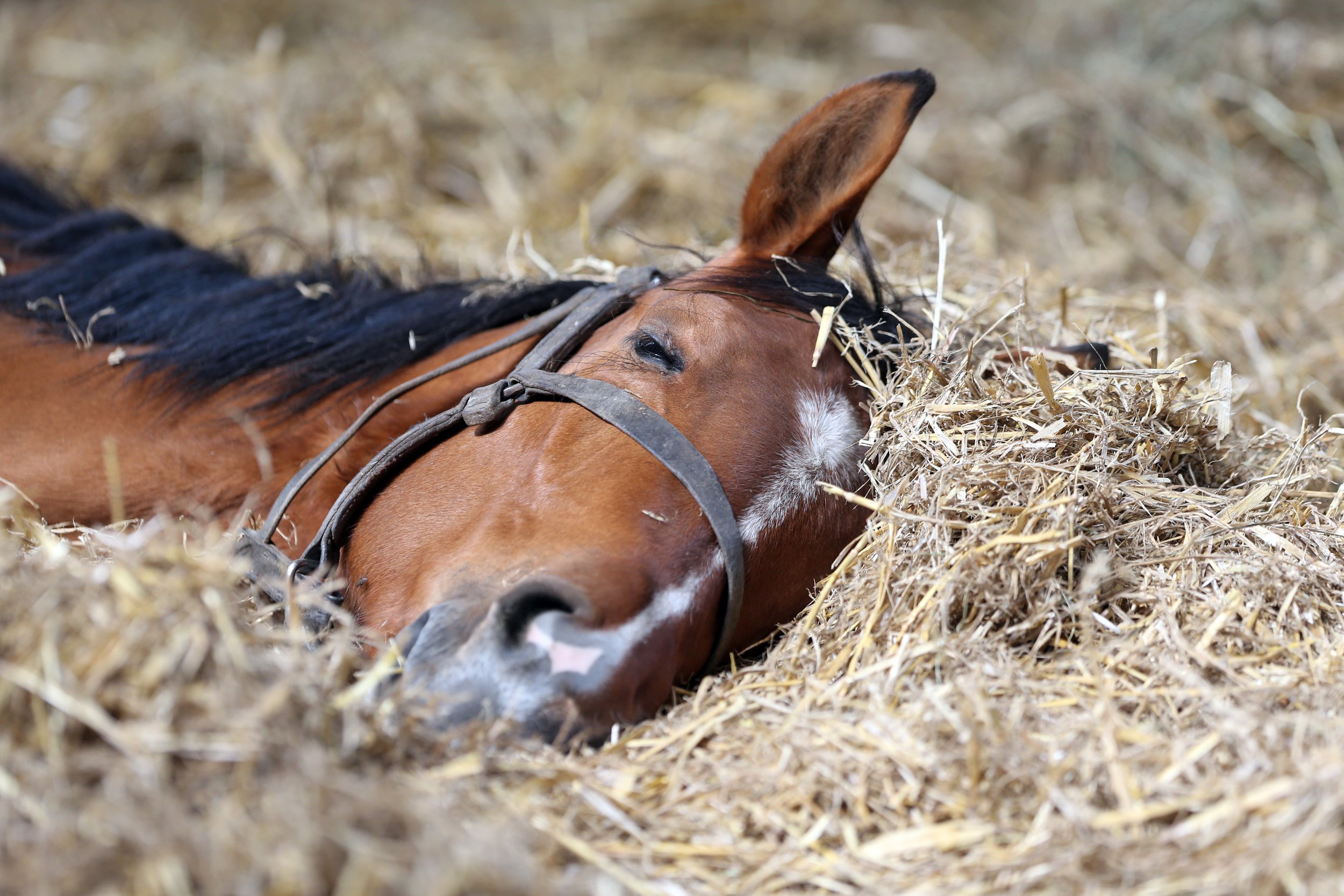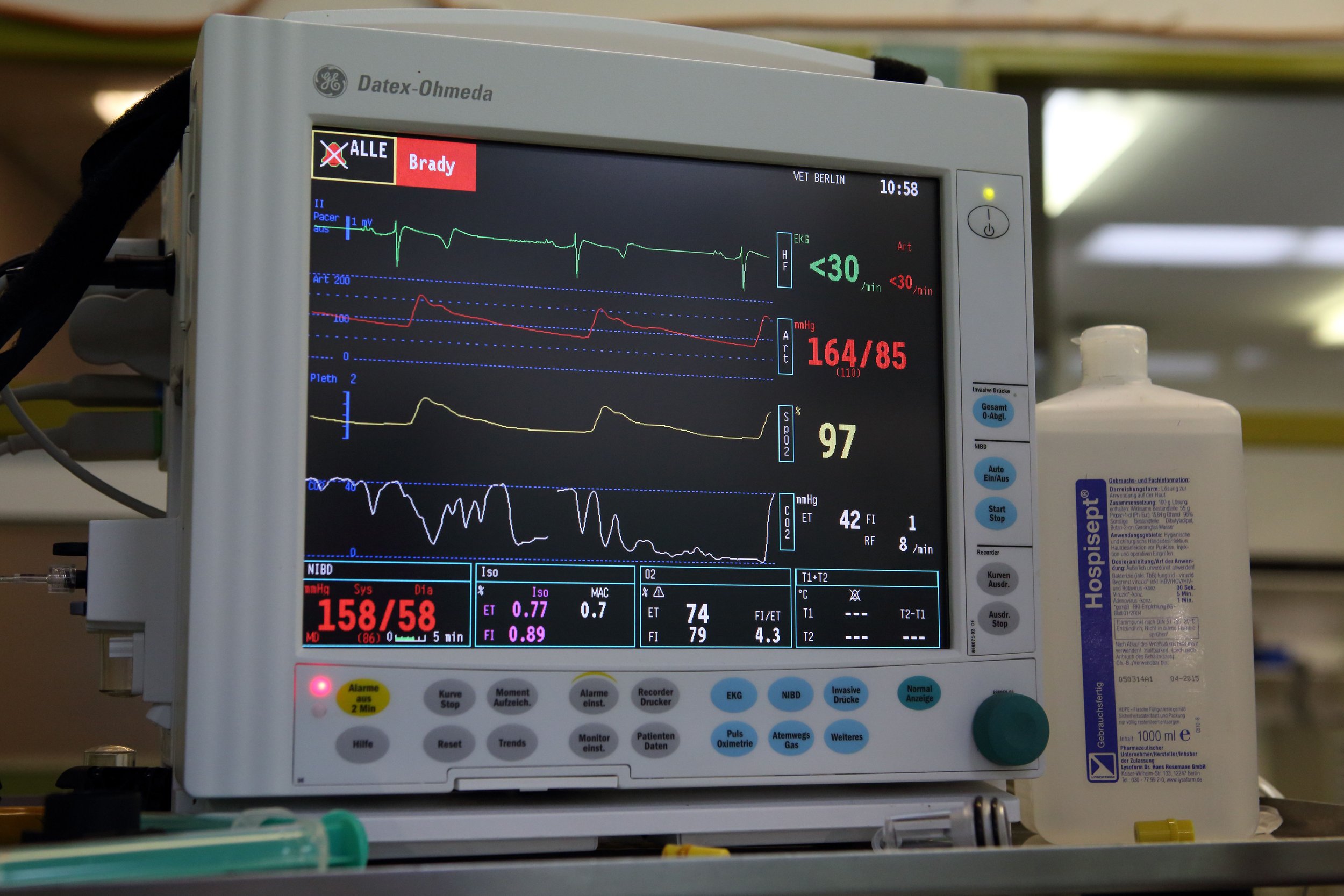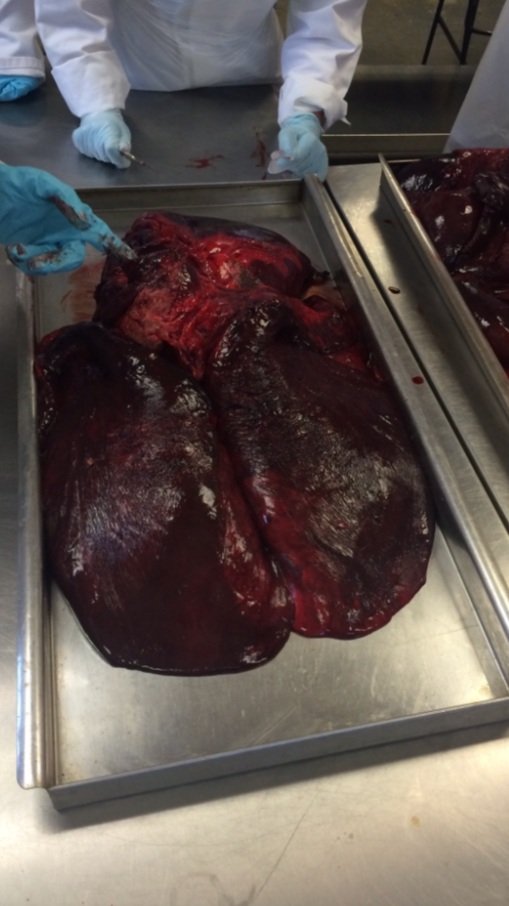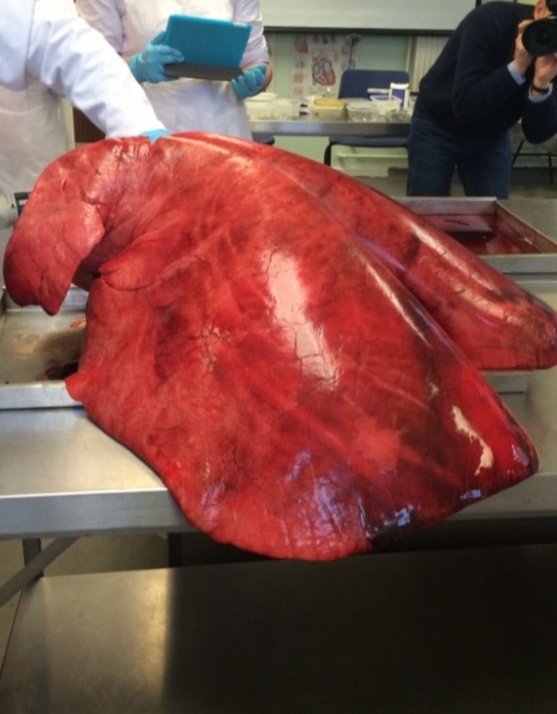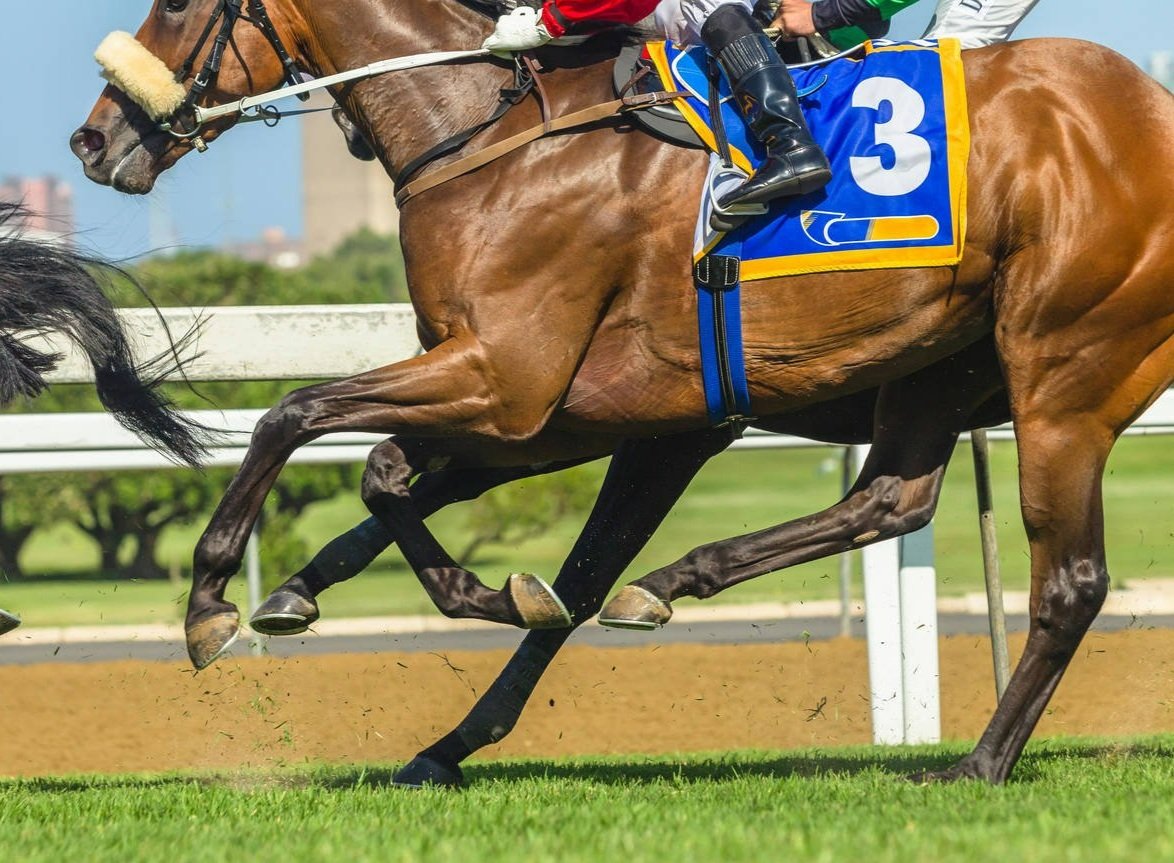GVQ-EQ business of racing update
/Article by David Sykes
How is technology being used to ensure that the social licence to operate horse racing is maintained?
Social licence is a poignant topic previously covered within the magazine where we have looked at its meaning and why it is so important.
In this issue, David Sykes, the founding Partner of specialist management consultancy GVS EQ, takes a look at the power of technology on social licence and practical steps trainers can take with the help of these technologies.
Social licence is not something that is going to go away and so as an industry, using the modern tools available could prove to be a ground-breaking shift in measuring equine wellbeing and welfare.
So, what are we doing differently to maintain our Social Licence to Operate (SLO) in horseracing?
SLO is based on trust, transparency and an engagement with stakeholders (and non-stakeholders) and is essential for maintaining a positive relationship with the community involved in the horseracing industry and those who are onlookers from afar.
There is not a racing industry in the world that is able to act with full autonomy, including from its jurisdiction’s Government, and nor should there be. Part of the challenge, highlighted at the recent Asian Racing Conference, is that, rightly or wrongly, political decision-makers are legislators increasingly acting in relation to community sentiment, rather than evidence. This makes matters around the sport’s social licence all the more important.
This article leaves aside the direction of travel with regard to betting regulation, and focuses on matters more directly in the sport’s control, and its responsibility to its key participants.
The social licence to operate in horse racing is affected by animal welfare concerns, the public perceptions of the sport, how horses are treated, transparency and accountability of the horseracing industry.
And so how are we going about addressing concerns, perceptions, transparency and accountability?
Well, lots of different things but increasingly we are using technology to help us. Technology, increasingly including Artificial Intelligence (AI), is being used to gather the facts that help tell our story: how well our horses are treated and looked after, to address the concerns that would endanger our SLO.
Technology gives us the real time numbers, the data that supports better research and tells the story to help maintain racing’s social licence and monitor our horses’ wellbeing.
How do you measure happy?
There are lots of steps to assessing horse wellbeing. Historically this has often been subjective. Examples are “he looks happy” and “he’s moving well.” But we know we need to assess those traits in a measurable and repeatable way. Having repeatable objective assessments of wellbeing allows researchers to develop benchmarks against which we can measure how well our horses are doing.
Your horse cannot tell you when they have a fever and sore throat which then turns into a cough and nasal discharge 24 hours later. They cannot tell you about the sensitive tendon the day before the lameness appears and they cannot tell us when they are lonely or bored.
But various technological advances can forewarn us.
Much technology (like the smartphone apps) is widely available to horse enthusiasts and will give you a “leg up” to monitoring the health and wellbeing of your horse.
Additionally, these benchmarks provide feedback that allows for early intervention, prevention of poor outcomes, education and even regulation where wellbeing is assessed as less than optimal, and of course celebration when it is all going well and the result being a better life for your horse.
How can we systematically recognise and measure these behaviours that equate to wellbeing?
This is where these new technologies come into the picture.
Technology helps us by recording various physiological parameters and tracking metabolic status, then looking at this massive amount of data, rapidly analysing the complex information and quickly providing feedback to us.
Here are some examples of current technologies that can help provide objective measures that, as proxy measures, assess welfare and therefore perhaps serve as early indicators of welfare change.
If we can reliably tell a story using these facts – “my horse is performing well because his well-being is high – you can see it here” – then our social licence to operate is better protected.
Here are some advances
Continuous remote body temperature monitoring & temperature variation warning systems
Early and rapid recognition of temperature variations in horses in training is an excellent wellbeing management tool.
Measuring a horse’s temperature once or twice a day is common in many well organised equestrian facilities. It allows for the early detection of a potential disease or health problems. It is an indicator of wellbeing (or disease). Quarantine stables internationally record temperatures twice daily to monitor for infectious diseases.
Recent research suggests that horses who are strenuously exercised whilst having an elevated temperature or virus infection may develop heart rhythm abnormalities later in their careers.
Temperature Monitoring systems not only allow for individual horses to be automatically identified, and temperatures recorded and measured accurately after only 15 seconds but for any variation of more than 0.2 degrees from the running average trigger an alarm. This allows the trainer and staff to make an immediate decision on training, or exercise and put in place protocols within the stable process to assess if this is a minor change or if there is a medical reason for the temperature difference. By having the whole stable recording temperatures many infectious diseases such as respiratory viruses can be monitored and preventative quarantine measures put in place immediately.
There are also temperature recording systems that are associated with implanted Bio Thermal microchips. These chips continuously record body temperatures which are transmitted and evaluated automatically.
Automatic Appetite Monitoring Systems
Technology is now available that automatically records the amount of food not ingested by a horse for each feed. Notification alerts for food left are configurable by the trainer or owner. This feed left data is cross referenced with the temperature data to help figure out and understand any cause for periods of inappetence.
Behaviour and Sleep monitoring and pattern analysis systems
Current research is only now beginning to allow us to understand and recognise the needs of our horses when stabled for lengthy periods. Technology has allowed data to be amassed and analysed on sleep patterns and REM sleep. Horses lie down for an average of only 4 hours every day. When they are lying down, they experience REM sleep for about half of that time. REM sleep is as important in the wellbeing of horses as it is for humans. The research from this analysis has shown that stable size and design has a significant impact on the willingness and safety that a horse feels in lying down. Stables need to be large enough for horses to lie down to get their REM sleep.
As they are flight animals, they are more secure and relaxed when they can see surrounding areas when they lie down. Soft deep bedding is important but also the ability to see their neighbours and surroundings is a safety point. Stables built with high solid walls do not meet this social wellbeing requirement, however new stable designs with bars, grills and open areas between adjacent stalls allow for visualisation, direct contact, opportunities to socialise, better ventilation and less stressed healthier horses.
Gait analysis systems
Over the last two years there has been considerable investment into gait analysing software programs to aid veterinarians, trainers and owners. This technology allows the monitoring of gaits of horses consistently and repeatedly. There are several examples of this technology ranging from handheld smart phone recordings to sensors attached to saddle cloths that can record and transmit information instantaneously during exercise.
Gait asymmetry analysis
A gait asymmetry analysis program using AI and a smartphone allows veterinarians and trainers to record and have analysed a repeatable trot up video of their horse. It is non-invasive, builds a history bank of gait symmetry and movement and allows for the recognition of changes in the symmetry of a horse’s gait. It describes exactly “how this horse goes” today, and yesterday and the day before. It analyses phases of steps on each leg analysing push off and landing.
Gait changes can be a proxy measure for pain or discomfort and recorded changes over time can aid owners, trainers and veterinarians to build a picture to inform diagnoses and response to treatments. Recognition of a sudden and significant gait change can allow time for changes in planned training loads and patterns to avoid potentially serious injuries occurring.
Racing stride analysis
This technology allows sensors to analyse the gait of a horse under race conditions to help identify musculoskeletal injuries and /or gait changes that may lead to a significant injury. Reports supplied to trainers and can identify a horse at an increased risk of a significant musculoskeletal injury.
A 100 gram GPS and accelerometer in a saddle cloth is the sensor used and attached before racing or fast work. Data is collected when the horse is galloping at racing speeds. Sensors collect data at 7200 times per second. The data shows that each horse has a unique way of moving at high speed much like a “fingerprint” and it is a change in this fingerprint that is used in a predictive model for injury or unsoundness diagnosis. It is a proactive management program to prevent training and racing catastrophic injuries through early detection.
Race condition speeds, heart rate and ECG and motion analysis
Other compact sensors are capable of live data transmission. Fitting inconspicuously into the riding tack and tracking GPS location, training speeds, Heart Rate, ECG tracing and locomotion analysis during training. They can assess cardiac variability with workloads such as maximum heart rate and rhythm during exercise and recovering heart rates post exercise. They also can be used for the detection of early signs of lameness. Training sessions can be shared worldwide through live tracking.
Gait symmetry apps provide an opportunity to follow a horse’s gait. Gait change is often the earliest indication of current disease or injury (pain and lameness) and combined with veterinary supporting diagnostic techniques can be useful in assisting the prediction or even prevention of future harm.
Advanced Imaging technologies
Computerised Tomography (CT) Imaging
New imaging technologies and equipment have led to the development of CT scanning techniques that are more suitable for horses. Previously horses had to be anaesthetised to have this imaging. The latest development of standing CT scanning systems has revolutionised the speed and safety of acquiring images of horse’s limbs whilst they are standing and sedated.
The complete process takes around 20 minutes from start to finish with the actual scanning activity taking less than 30 seconds. The upside is that this technology allows for superior images and more sensitive details of skeletal structural changes than was previously available.
The images from CT show more lesions than radiographs because of the increased image clarity. The research from this new technology indicates that the skeletal changes seen occur as a response to training workloads. Current research suggests that the horse’s skeletal system is remodelling under training loads to become more resilient, however during this process there are periods of time whilst remodelling occurs, that the horse is at a higher risk of a small lesion developing into a major injury. The early identification and recognition of these small lesions allows for a change in the training workload or a period of rest to allow the bone to catch up, remodel and protect itself from becoming a more serious injury.
This is an example of how technology from human medicine has been refined for horses and allows for the earlier detection of what might become a serious injury and allows changes in training patterns and workloads that might help prevent it.
PET imaging or Positron Emission Technology
This is like CT scanning; however, it gives a dynamic imaging of injury in distal limbs rather than a static view. This nuclear medicine technology involves the injection of a small dose of radioisotope which is taken up by the bone in areas where there is increased active remodelling occurring. These remodelling areas are an indication of the bone attempting to cope with the stress of training and protect itself from further injury. Because of the nuclear medicine this imaging allows for an interpretation of the severity of a lesion depending on the uptake of the isotope.
“Hot lesions” take up more radioactive isotopes and therefore the scan reflects the relative acuteness of the lesion being viewed. Potentially repeat PET scanning allows for accurate interpretation of when lesions are healing and a horse can return to full activity safely. Like CT, PET, allows for the early identification of changes that the horses’ bones are undergoing, assess the severity of them and modify the training regimens and workloads as a preventative measure, potentially avoiding severe injury.
These are just a few examples of the rapidly developing potent tools for health monitoring that may provide a ground-breaking shift in your horses’ healthcare. Hand in hand with good horseman skills and observations, technology and AI are allowing the collection and interpretation of information that can be used to understand and measure equine wellbeing and welfare. This information when collated becomes a benchmark for the industry and allows for transparency, accountability, overcomes poor perception and allows the industry to maintain its Social Licence.




